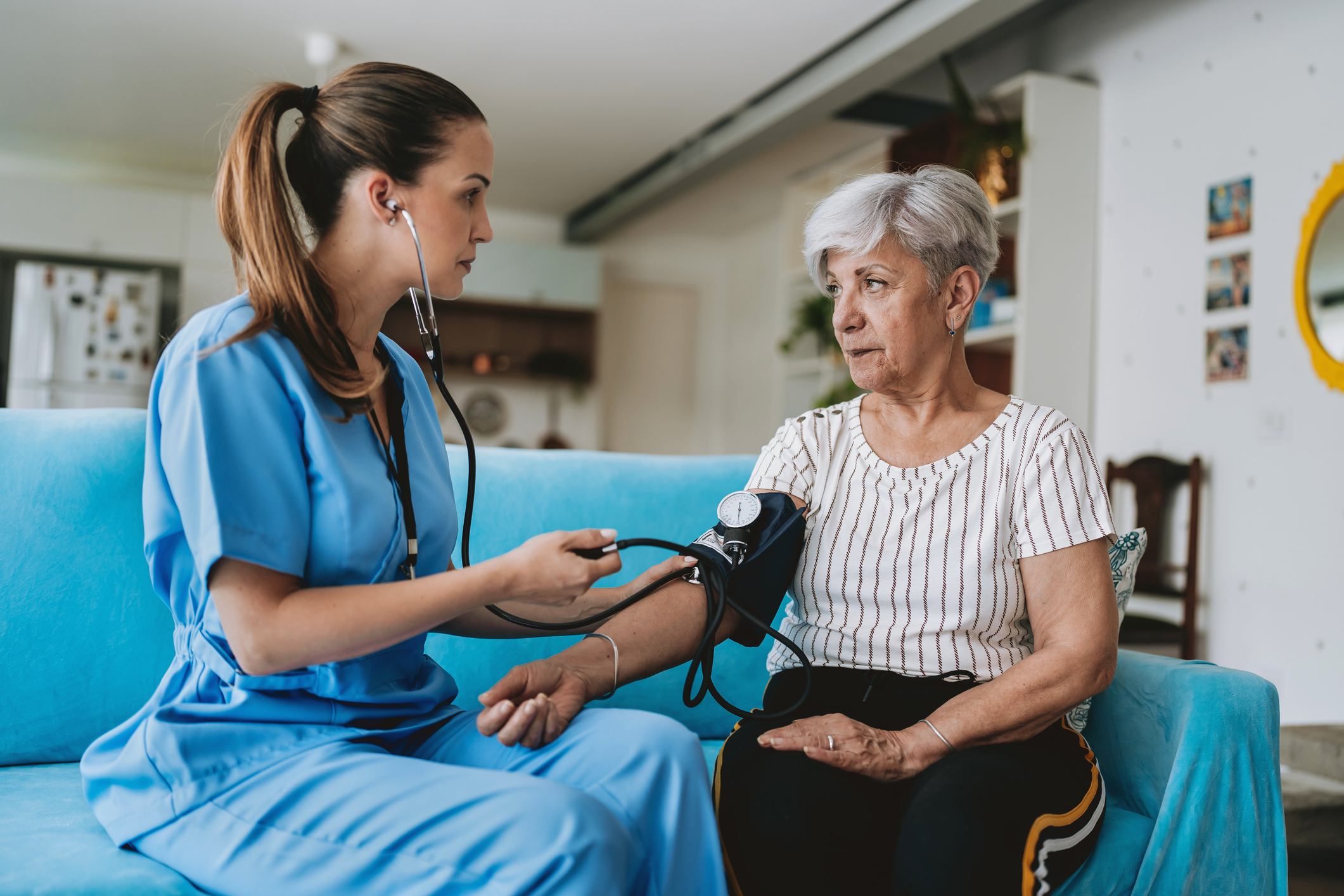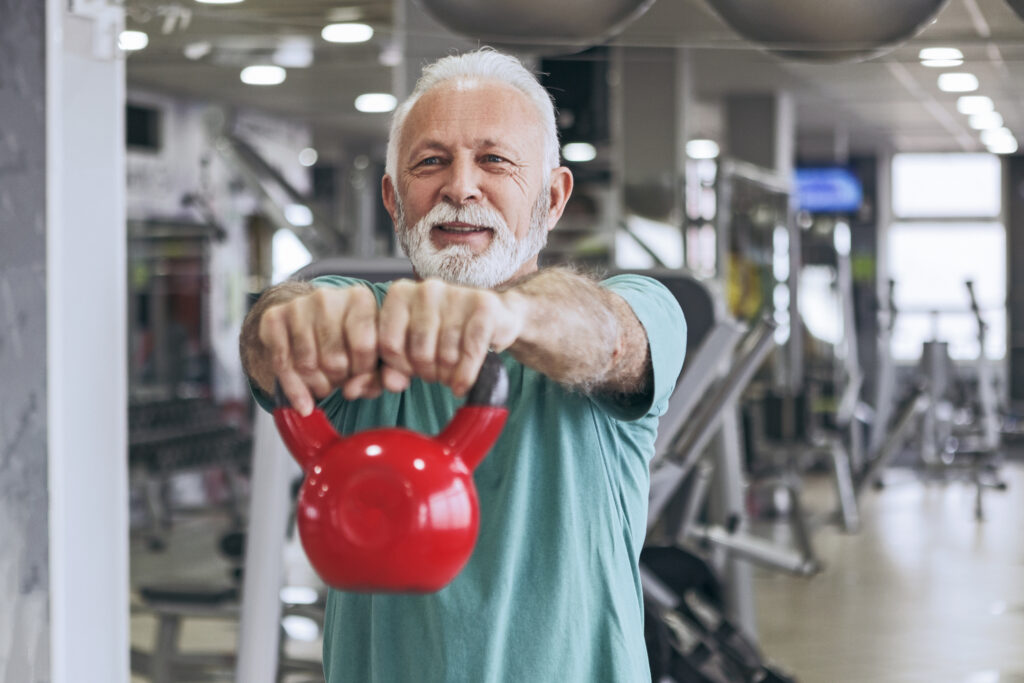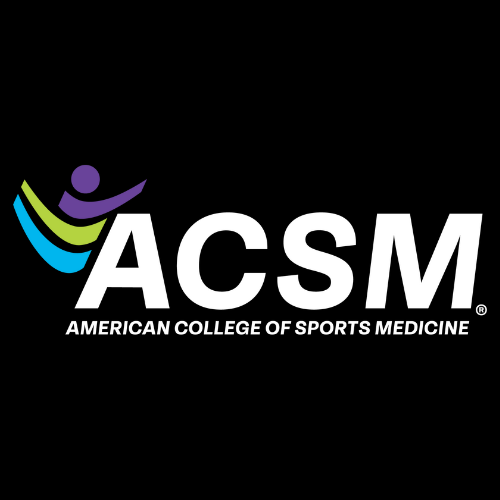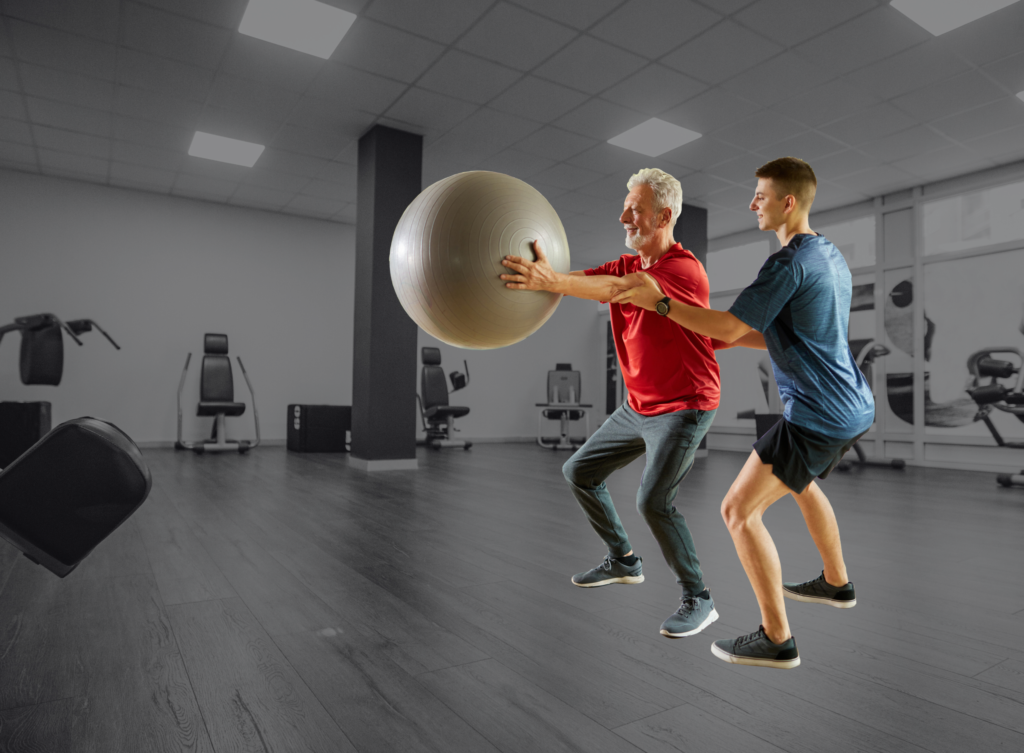Happy July and welcome to the highlights and review of the GREAT material published over the last quarter in Current Sports Medicine Reports (CSMR).
How was the Annual Meeting? It was great to meet up with people and there were a lot of great lectures. My goal of visiting the College Football Hall of Fame got thwarted due to the great content … next time!
From time-to-time CSMR publishes Invited Commentaries. I’ve highlighted an important Invited Commentary from this past quarter below:
A Call to Action to Reduce the Need for a Medical Evaluation Prior to Exercise authored by Peter F. Robinson, MD; Carol Ewing Garber PhD, FACSM; Deborah Riebe, PhD, FACSM; and Linda Pescatello, PhD, FACSM. This commentary is spot on, and I cannot agree with it more. The last thing we need to do in this country is put another barrier in the way of getting people to exercise. The three pillars of this recommendation are perfect; encourage exercise for all, even those at high risk, replace clearance with evaluation, and focus on signs and symptoms versus disease presence (or just age). A continuity patient of mine who is 80 came to see me in clinic to get medical “clearance” to work out at the fitness center in the community he just moved into. In the last seven years I have cared for him, he has walked the Inca Trail, hiked about one-third of the Appalachian trail, as well as done a bunch of other stuff. Despite this, the gym wanted medical clearance and approval for him to work out. We all know why, and it doesn’t make sense. This guy will probably out live the gym staff.
From Hierarchy to Harmony; Transforming the Physical Activity Pyramid into My Physical Activity Plate authored by Avery D. Faigenbaum, EdD, FACSM; James P. MacDonald, MD, FACSM; Andrea Stracciolini, MD, FACSM; and Tamara Rial Rebullido, PhD. So, during my tenure with CSMR, I’ve learned many things, and a key one was if Avery Faigenbaum wants to author something let him because it will be AMAZING. This entire author team is great and this is such a down to earth, easy to understand and apply concept that will change lives. Please read it and share.
Case reports are a great way to learn, whether the write-up is about some rare, uncommon condition or just a different presentation of a common problem. I would like to highlight three not-to-be-missed cases from the past quarter:
Case Report of Pneumomediastinum Secondary to Pulmonary Barotrauma Due to Self Contained Underwater Breathing Apparatus Diving in a College Athlete authored by Jennifer L. Horawski, MD; Adam Bennet, MS, ATC/L, CSCS, CPSS; and Thomas M. Best, MD, PhD, FACSM. When I first read the title, I had this vision of a college kid leaping off a diving platform with SCUBA gear on and was like, young people are good for business. Then I read the case report and realized it was a college athlete just doing run of the mill SCUBA diving. I had the opportunity to see this once, back in the day, as a Diving Medical Officer at the US Army Combat Diver School. This case highlights the importance of a good history and an appreciation for physics and the laws of gas. I will end with a question, what is the name of the physical exam sign described as a crunching or rasping sound that is synchronous with the heartbeat? We might have to add this to the next CAQ review section!
Allergic to Exercise: A Case of Exercised-Induced Anaphylaxis authored by Stephanie Landgraf, MD. This case is amazing and to me highlights that some of the things you learn about may actually happen in real life and are more than just a test question. This case is a perfect description of exercise-induced anaphylaxis with a great work up and treatment plan. Use this to teach your learners.
Persistent Groin Pain in a High School Baseball Player with Hemophilia A: A Case Report authored by Denice Praxidio, DO; Sherilyn DeStefano, MD; and Ryan Petering, MD. The lead author presented this case at the 2024 ACSM Annual Meeting, and I was a panel member. She did a great job presenting, and I found it to be an interesting unique case, check it out.
We also have some awesome section articles that cover a variety of areas, and I would like to highlight three from the past quarter:
Air Pollution and Its Effects on Sports and Exercise: A Narrative Review of Impacts and Mitigation Strategies authored by Keifer P. Walsh, DO; Peyton A. Tharp, MD; Katherine Kiley, MD; and Michael S. Koehle, MD, PhD. On the way home to do this summary I was listening to the BBC and heard a story about India not fueling older cars in the capital to help with the severe air pollution there. Many of the topics covered in the story are reflected in this manuscript. We take clean air for granted and air pollution is not just a sports or athlete issue; it is a global public health issue. I commend the authors for putting together this article, a perfect fit for the Environmental Conditions edition. There also is an important case report in the same edition about air quality at a Special Olympics event.
Athletic Trainer Accessibility in U.S. High Schools: A Systematic Review and Meta- Analysis authored by Mitchell S. Mologne, BS; Stockton C. Troyer, BA; Ameer A. Haider, BA; Angela Hardi, MLIS; Chappell Evans, MS, ATC; and Andrew W. Kuhn, MD. Here at CSMR, systematic reviews and meta-analysis are not typically in our wheelhouse, but I feel strongly enough about the importance of and need for ATC at high schools that we went ahead with this article. The five common themes the authors highlight; smaller school size and lower student athlete numbers, rural school location, private school status, and low socioeconomic status of the region are crucial social determinants of health and safety for student athletes. My hope is that this article can help influence state and local leaders to increase funding and access.
Cleared for Physical Activity Postpartum: Now what? authored by Emily G. Larson, MD; Megan M. Semon, PT, DPT, SCS, CSCS; Emma K. Stetler, PT, DPT, CSCS; and Elena J. Jelsing, MD. This is emblematic of many things in medicine, we tell the patient they are cleared to exercise but don’t really give them any good guidance. This article is a great start to providing individualized high-quality recommendations to get new moms exercising.
Last, we also had a great Special Communication article this quarter:
Gymnastics Medicine: A New Subspecialty in Sports Medicine authored by Elspeth Hart, DScPAS, PA-C, MPAS, ATC, LAT; Kerry Bair, RD; Jamie Broz, ATC, LAT; Kelsey Griffith, MS; Alyssa Herrera-Set, PT, DPT; Diana Lattimore, PhD, CMPC; Elizabeth Melvin, PT; and Emily Sweeney, MD. Gymnasts are amazing athletes and put their bodies through so much physical abuse, at usually a very young age. They also are quite a vulnerable population for multiple reasons. Caring for these athletes clearly requires a health care team that understands and appreciates all the challenges with the sport and can care for AND protect these athletes. Check this manuscript out!
CSMR is ACSM’s official monthly clinical-review e-journal. Written specifically for physician and clinician members, CSMR articles provide thorough overviews of the most current sports medicine literature. ACSM physician members receive an online subscription to this journal as a member benefit.

Shawn F. Kane, MD, FACSM, is a family physician, professor in the Department of Family Medicine, and adjunct assistant professor in the Department of Exercise and Sports Science at the University of North Carolina (UNC) Chapel Hill. He received his medical degree from the Uniformed Services University of the Health Sciences and served in the U.S. Army for 27 years. He is interested in sports medicine, concussion care, veterans’ health, and primary care of patients with post-traumatic stress disorder. Dr. Kane joined ACSM in 2003 and became a fellow in 2011. He currently serves as the editor-in-chief for Current Sports Medicine Reports, on ACSM’s Clinical Sports Medicine Leadership Committee, ACSM’s Health & Fitness Summit Program Committee, and ACSM’s Program Committee. Outside of the office, Dr. Kane enjoys hanging out with his Leonbergers (big, furry, cute German Mountain dogs), as well as working out and traveling.
